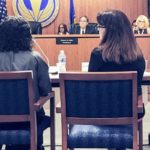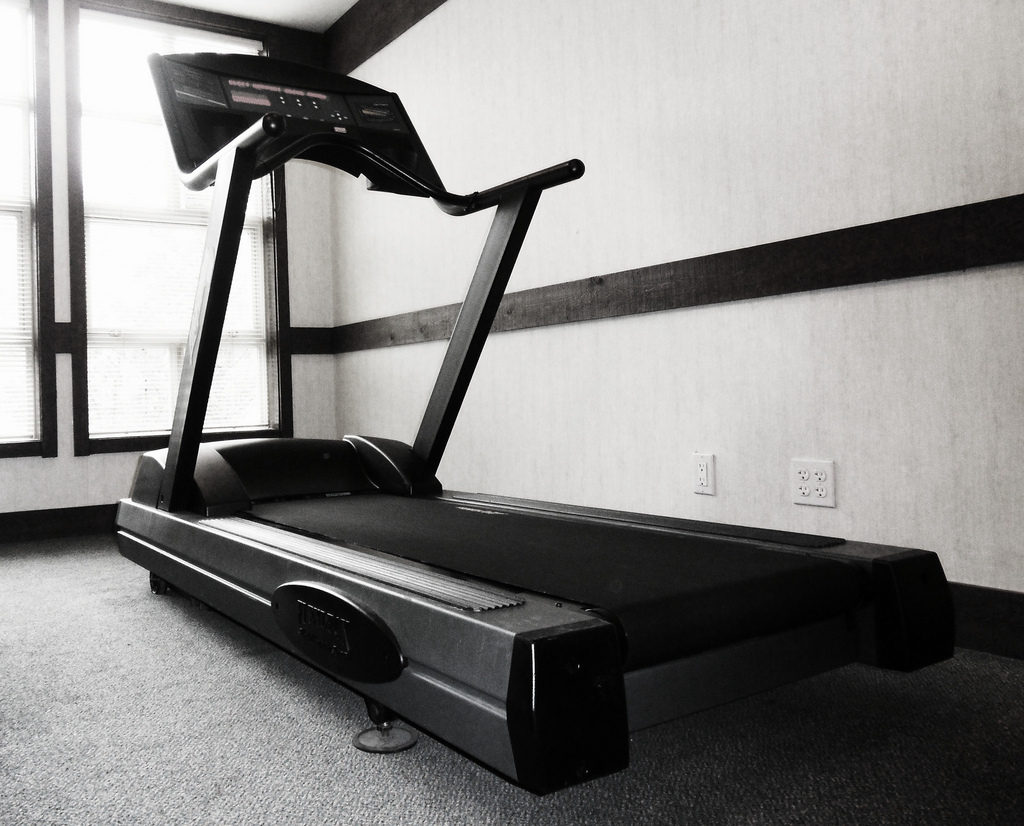 KID’s Executive Director, Nancy Cowles, spent Tuesday and Wednesday of last week with other product safety stakeholders at the US Consumer Product Safety Commission in Bethesda, Maryland.
KID’s Executive Director, Nancy Cowles, spent Tuesday and Wednesday of last week with other product safety stakeholders at the US Consumer Product Safety Commission in Bethesda, Maryland.
On Tuesday, July 25, Acting Chairman Ann Marie Buerkle[1] hosted a Recall Effectiveness Workshop. KID, Consumers Union, and Consumer Federation of America attended, along with many industry attorneys, association staff, and other stakeholders. In the morning, CPSC staff presented “recalls 101” giving basic information on the way they conduct recalls and the communication paths they typically use to get the word out.
There was some interesting data presented by Acting Communications Director Patty Davis focusing on closed recalls from FY 2013-2016 – a total of 865 cases. The overall correction rate for the period as listed as 65%, while the rate for products in consumer hands hovered below 10%. In addition, the cases most likely to be kept open longer, and therefore not included in the data, are those with poor return rates – likely bringing that average down even more. Recall Alerts – those not shared through traditional media methods because recalling companies have access to all purchasers – have higher participation rates – confirming that direct notification is the most effective means of consumer participation.
Then the group broke out into smaller brainstorming sessions on the issues including:
- What is an effective recall,
- How to measure recall effectiveness,
- How to motivate consumers,
- Using technology in recalls.
The general consensus was that making recalls simple, clear, and easy would boost participation; and direct communication, incentives, and innovative marketing techniques to reach consumers would increase the likelihood consumers hear of and respond to recalls. Industry’s positions were clearly laid out by this blog post prior to the workshop and reiterated repeatedly throughout the day. They believe consumers are ‘fatigued’ by hearing about too many recalls and for some recalls even less should be required to communicate the hazard to consumers.
Some groups also raised the issue of measuring recall effectiveness not by participation rates but by attempting to find out how many consumers know of the recall and choose not to participate or throw the product out. If we could get to consumers to get that much information, we could probably get them to participate in the recall! It was agreed that more research on motivation, effective messaging and other aspects would be ideal.
While the meeting was neither recorded or webcast, CPSC has assured participants that the information will be made available. If you have ideas on how to assure that recalled products are removed from homes and store shelves, CPSC is taking additional comments through August 11 and you can share in comments below. We’ll post the information from CPSC as soon as it is available.
The following day, on Wednesday, July 26, 2017, CPSC had their annual priorities hearing. It is a welcome opportunity for citizens and stakeholders to let CPSC know what we believe their focus should be. Several consumer organizations along with KID (Consumer Federation of America, Consumers Union, Public Citizen and National Center for Health Research) along with the American Academy of Pediatrics joined industry association representatives to give testimony.
KID’s key priorities for CPSC echo those we first included when we started providing testimony at these hearings in 2009 – and are directly related to our founding – the death of Danny Keysar in an untested, recalled dangerous portable crib. We urged CPSC to focus on products used for infant and toddler sleep, strong standards for juvenile products, and effective recalls, including a robust product registration system. We also spoke about priority issues such as furniture stability and a strong standard for dressers; pacifier safety, laundry packets and small parts testing.
Other groups raised additional issues of transparency at the agency, ATV/ROV safety, phthalates, hoverboard fires, crumb rubber safety and other emerging issues. Consumer Federation of America, KID and Public Citizen all spoke of the need to loosen the grip of Section 6(b) of the Consumer Product Safety Act that severely restricts CPSC’s ability to warn the public about product hazards in advance of a recall.
Industry associations gave CPSC some ideas on easing burdens on industry such as certification reporting and testing requirements.
You can view the hearing here. Watch for a discussion of the baby box phenomena during the question period after the first panel.
CPSC will take comments until August 2, 2017 if you have more to add, or again, please share in the comments below.
Sign up for KID’s monthly email alert to stay up to date on children’s product safety and recalls.
[1] In other news, on the eve of this workshop, President Trump announced his ‘intent to nominate’ Buerkle for the Chairman’s position she’s been filling since Elliot Kaye left the post with the change of administrations.


